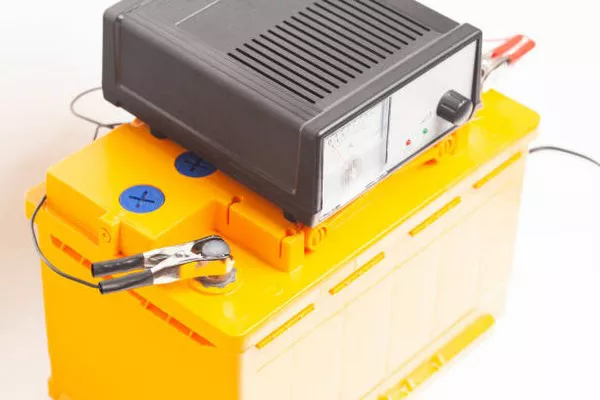In times of power outages or emergencies, having a generator capable of powering your home can provide peace of mind and essential comfort. However, selecting the appropriate size generator is crucial to ensure it can meet your household’s power needs effectively. From powering essential appliances to maintaining comfort levels, understanding what size generator is required for your home is essential. In this article, we will explore the factors to consider and the steps to take when determining the correct generator size for your household.
Understanding Power Requirements
Before delving into the specifics of generator sizing, it’s essential to understand your home’s power requirements. Most residential appliances and devices have labels indicating their power consumption in watts or kilowatts. Additionally, certain appliances have starting power requirements, which are higher than their running power.
To determine your total power needs, create a list of all the appliances and devices you wish to power during an outage. Include essential items such as refrigerators, lights, heating or cooling systems, water pumps, and communication devices. Note their power consumption in watts or kilowatts and whether they have higher starting power requirements. This information will serve as the foundation for calculating the size of the generator needed for your home.
Calculating Generator Size
Once you have compiled a list of your home’s essential appliances and their power requirements, you can begin calculating the appropriate generator size. Keep in mind that the generator’s capacity should exceed your total power needs to accommodate potential fluctuations and ensure reliable performance.
Determine Starting Power Requirements: Identify the appliances with high starting power requirements, such as refrigerators, air conditioners, and water pumps. Multiply their starting power (in watts) by a factor of 1.5 to account for the surge in power demand during startup.
Calculate Running Power Requirements: For appliances with constant power consumption, such as lights and electronics, use their rated power consumption in watts.
Add Up Total Power Requirements: Sum up the starting power requirements and running power requirements of all appliances on your list to obtain the total power needed during an outage.
Select Generator Size: Choose a generator with a capacity that exceeds your total power requirements. Generators are typically rated in kilowatts (kW). Ensure that the selected generator can handle both the starting and running power demands of your home’s appliances.
Consider Future Expansion: If you anticipate adding more appliances or devices in the future, factor in their power requirements when selecting the generator size. It’s better to invest in a slightly larger generator upfront to accommodate potential growth.
Example Calculation:
Let’s consider a hypothetical scenario where a household’s essential appliances have the following power requirements:
- Refrigerator: Starting power – 1,200 watts, Running power – 150 watts
- Air Conditioner: Starting power – 3,500 watts, Running power – 1,500 watts
- Lights: Running power – 300 watts
- Water Pump: Starting power – 1,800 watts, Running power – 1,200 watts
- Total Starting Power = (1,200 * 1.5) + (3,500 * 1.5) + 1,800 = 8,250 watts
- Total Running Power = 150 + 1,500 + 300 + 1,200 = 3,150 watts
- Total Power Required = Total Starting Power + Total Running Power = 8,250 + 3,150 = 11,400 watts
Based on this calculation, a generator with a capacity of at least 12 kW would be suitable for powering the household’s essential appliances during an outage.
Factors Affecting Generator Sizing
Several factors can influence the size of the generator needed to power a home effectively:
Climate and Seasonal Variation: Homes located in regions with extreme temperatures may require larger generators to power heating or cooling systems during prolonged outages.
Home Size and Layout: Larger homes with more appliances and devices may necessitate a higher-capacity generator compared to smaller residences.
Backup Time: Consider how long you anticipate needing backup power. A generator with a larger fuel tank or the ability to connect to external fuel sources may be necessary for extended outages.
Generator Type: Different types of generators, such as portable generators and standby generators, have varying capacities and features. Standby generators, which are permanently installed and connected to the home’s electrical system, typically have higher capacities than portable generators.
Electrical Load Management: Implementing load management strategies, such as prioritizing essential appliances and using energy-efficient devices, can help reduce the overall power requirements and potentially allow for a smaller generator size.
See Also How Does A Generac Generator Get It’s Power? A Comprehensive Guide
Conclusion
Choosing the right size generator for your home involves assessing your household’s power requirements, considering factors such as starting power demands, running power consumption, and potential future expansions. By calculating your total power needs and selecting a generator with adequate capacity, you can ensure reliable backup power during outages or emergencies. Consulting with a qualified electrician or generator specialist can provide valuable insights and assistance in determining the most suitable generator size for your specific needs. Investing in the appropriate generator size is a crucial step towards safeguarding your home and ensuring comfort and convenience during unexpected power disruptions.

